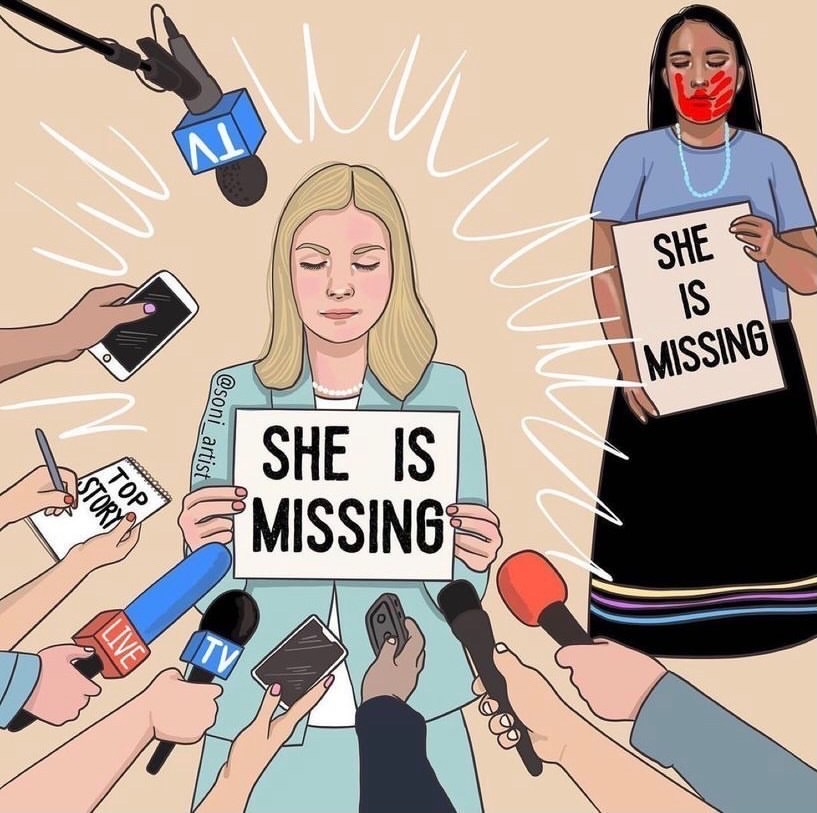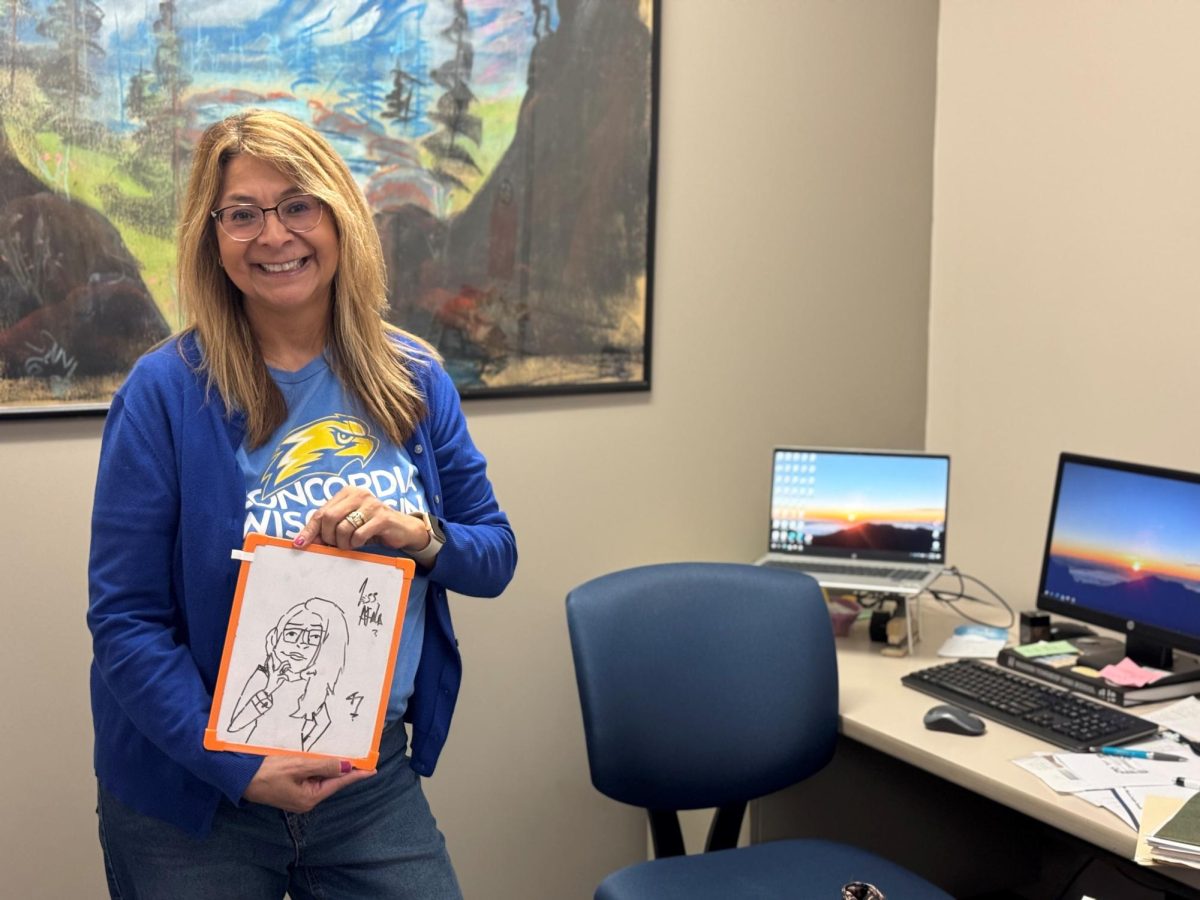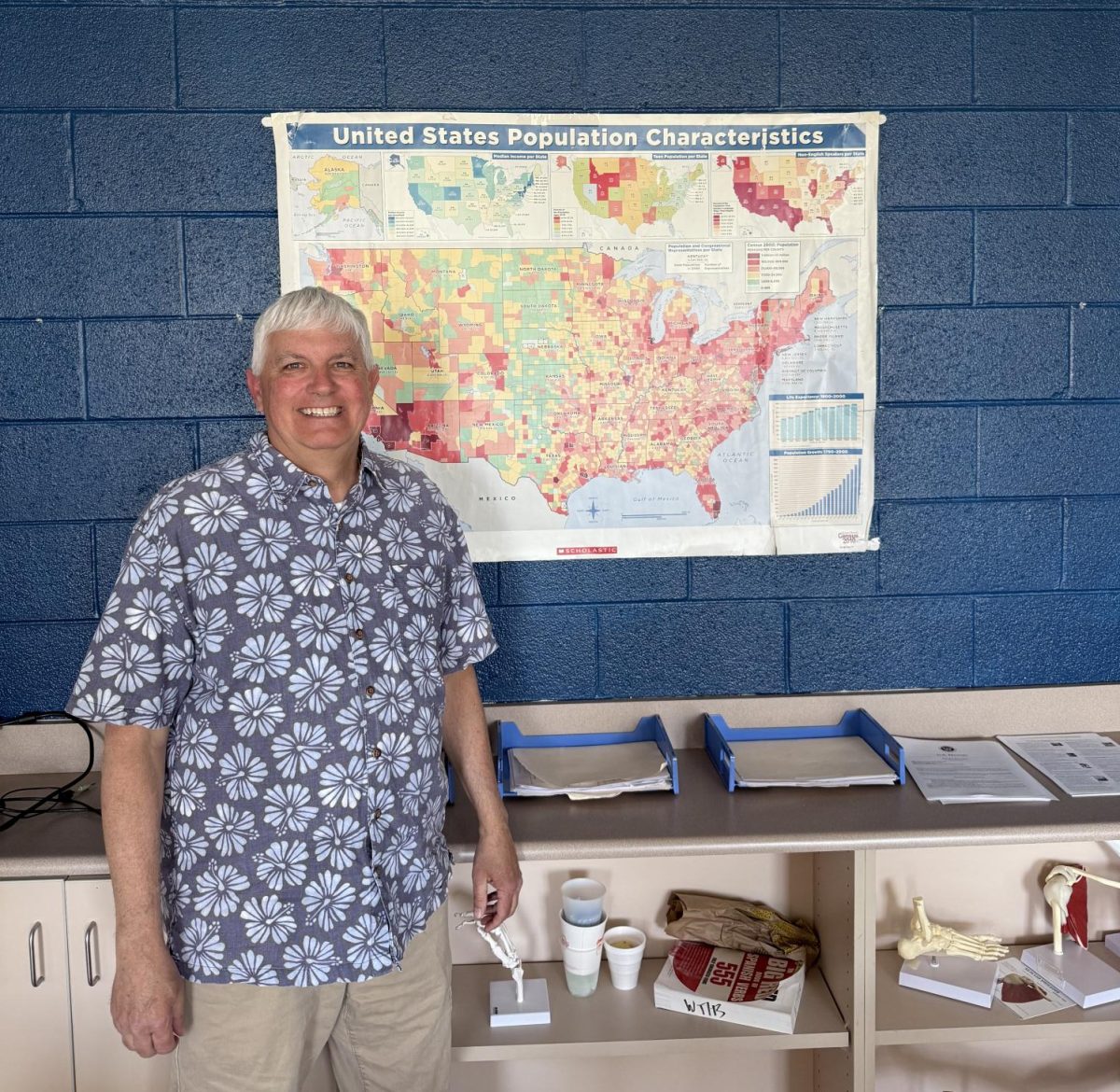Gabby Petito: The Legacy of Missing Women
September 23, 2021
If you’ve turned on any news channel in the recent weeks, then you’ve most likely heard of the murder of Gabby Petito. She disappeared on September 11th, and her remains were recently found in Wyoming. Her fiancé, Bryan Laundrie, is currently the main suspect but has gone missing. On September 21st, an MSNBC reporter, Joy Reid called the media out for its handling of the case. She said the case was a classic example of “Missing White Woman Syndrome” and she is correct. Her statement is not dismissing Gabby or her case but is simply echoing what women of color have been saying for years.
Missing White Woman Syndrome is the term coined by Gwen Iffil to describe the media coverage and public frenzy when a White Woman goes missing. Three classic cases of this are Laci Peterson, Natalee Holloway, and Caylee Anthony. These cases had around-the-clock media coverage and statewide (or internationally in Natalee Holloway’s case) police searches. This does not include the thousands of dollars that are spent in the process of investigating.
On the contrary, thousands of minority (especially Black and Native American) women go missing every year with little or no media coverage. The most high-profile cases end up being cold cases and their deaths are only publicized if the case is completely bizarre, such as the deaths of Elisa Lam and Kenneka Jenkins. In fact, in 2020 there were 182,548 missing person cases that involved Black women. For Native American women, there is a campaign called MMIW (Missing and Murdered Indigenous Women) that brings awareness to the amount of crime (sexual assault, kidnapping, robberies, murders) that disproportionately affect Native women, despite being one of the smallest populations in the U.S. Currently, there are 710 missing Native American women in Wyoming, the state where police found Gabby Petito’s body after just ten days.
The main question women of color have is, why do we not get this treatment? Why does the media not focus on our missing sisters? I myself had this question while falling asleep a few nights ago. What would happen to me if I went missing? It’s a terrifying thought, but a grim reality to face. The answer as to why we don’t get the same amount of coverage is very simple, racism and police misconduct. Criminals know that the police and media simply do not care when a person of color goes missing. When women of color go missing, we are portrayed as criminals, runaways, or drug addicts/prostitutes that ended up in a bad situation. When White women go missing, they are seen as innocent damsels in distress. These stereotypes lead to cases of unsolved missing and murdered women of color skyrocketing.
For Gabby Petitio, I truly hope her case is solved and her family receives justice for her murder; her case will bring more awareness for the women of color that have been suffering for decades.
For more information on how to help Native American women look into the following organizations: MMIW USA, Native Women’s Wilderness (NWW), and the National Indigenous Women’s Resource Center (NIWRC).









